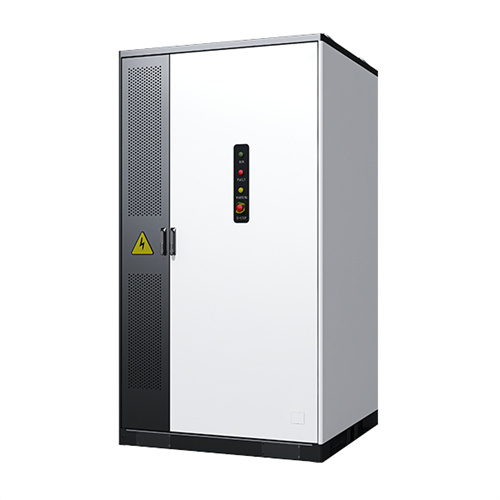About Inertia power system
Inertia in power systems refers to the energy stored in large rotating generators and some industrial motors, which gives them the tendency to remain rotating. This stored energy can be particularly valuable when a large power plant fails, as it can temporarily make up for the power lost from the failed generator.
Historically, in the U.S. power grid, inertia from conventional fossil, nuclear, and hydropower generators was abundant—and thus taken for granted in the planning.
To educate policymakers and other interested stakeholders, NREL researchers have released Inertia and the Power Grid: A Guide Without the Spin, which.
To learn more about inertia’s role in the evolving power grid, watch the video, read the executive summary fact sheet for key takeaways, or download the full.
As the photovoltaic (PV) industry continues to evolve, advancements in Inertia power system have become critical to optimizing the utilization of renewable energy sources. From innovative battery technologies to intelligent energy management systems, these solutions are transforming the way we store and distribute solar-generated electricity.
When you're looking for the latest and most efficient Inertia power system for your PV project, our website offers a comprehensive selection of cutting-edge products designed to meet your specific requirements. Whether you're a renewable energy developer, utility company, or commercial enterprise looking to reduce your carbon footprint, we have the solutions to help you harness the full potential of solar energy.
By interacting with our online customer service, you'll gain a deep understanding of the various Inertia power system featured in our extensive catalog, such as high-efficiency storage batteries and intelligent energy management systems, and how they work together to provide a stable and reliable power supply for your PV projects.
Related Contents
- Inertia power system
- Combined heat and power system property basis placed in service
- Kelly aerospace power systems
- 2013 acura tl check power steering system
- Cost of solar power inverter in nigeria
- What is a solar purchase power agreement
- Salt solar power
- What power is the metric system based on
- Lorde solar power enhanced
- I have solar why is my power out
- Power temp systems houston
- Lincoln financial field solar power


